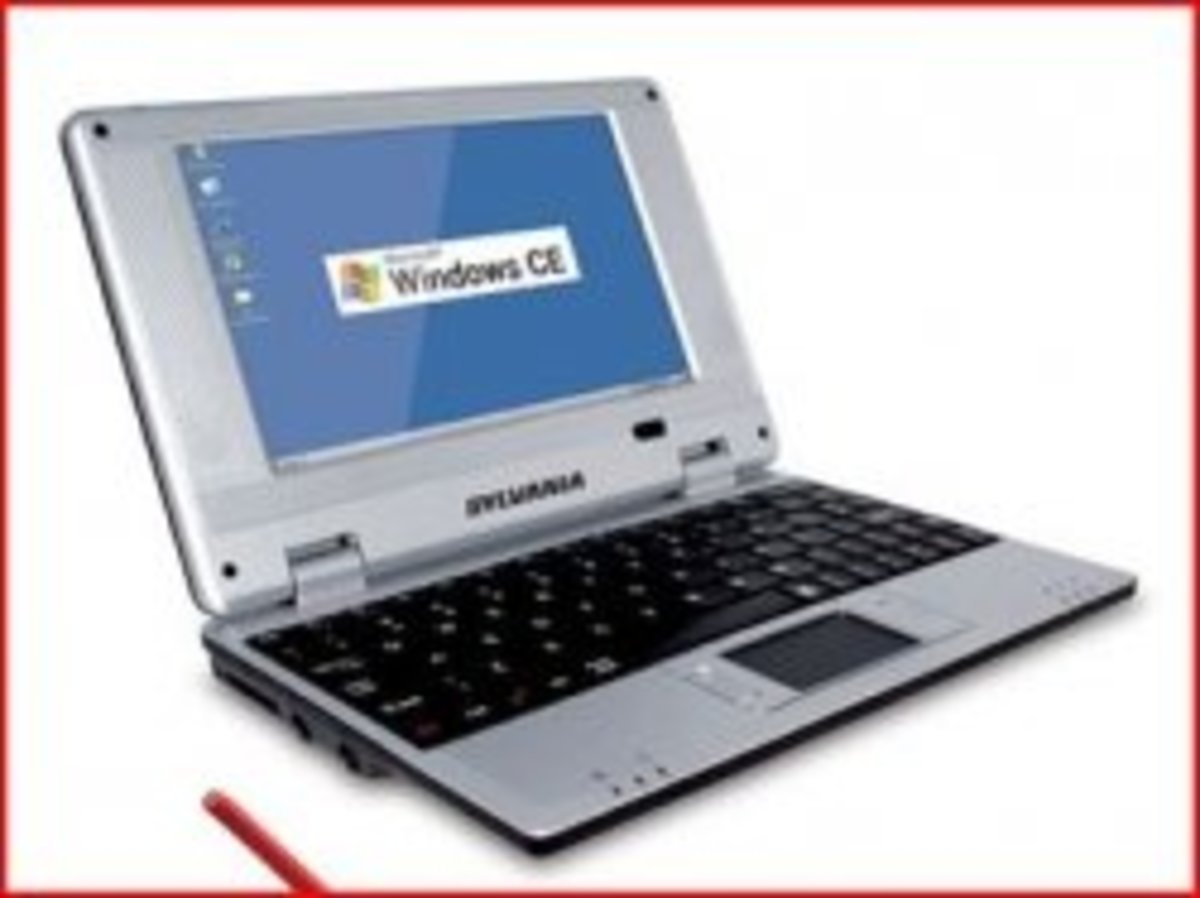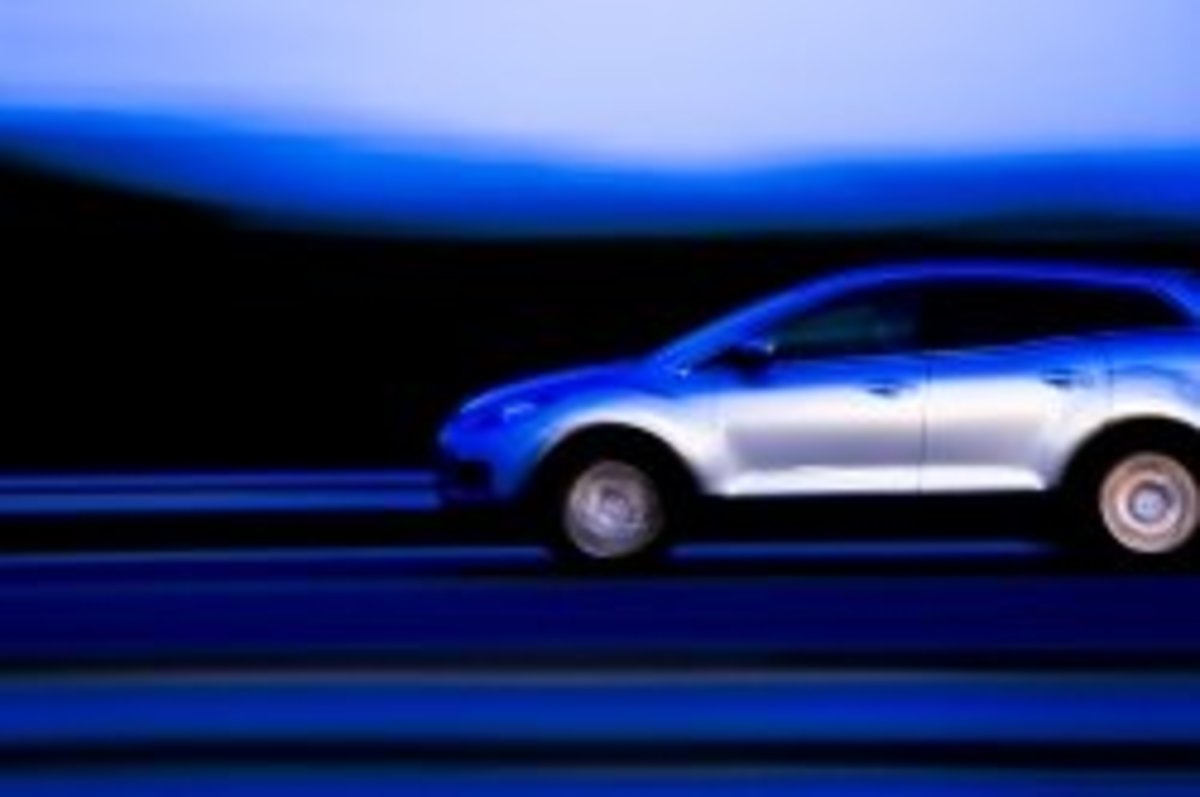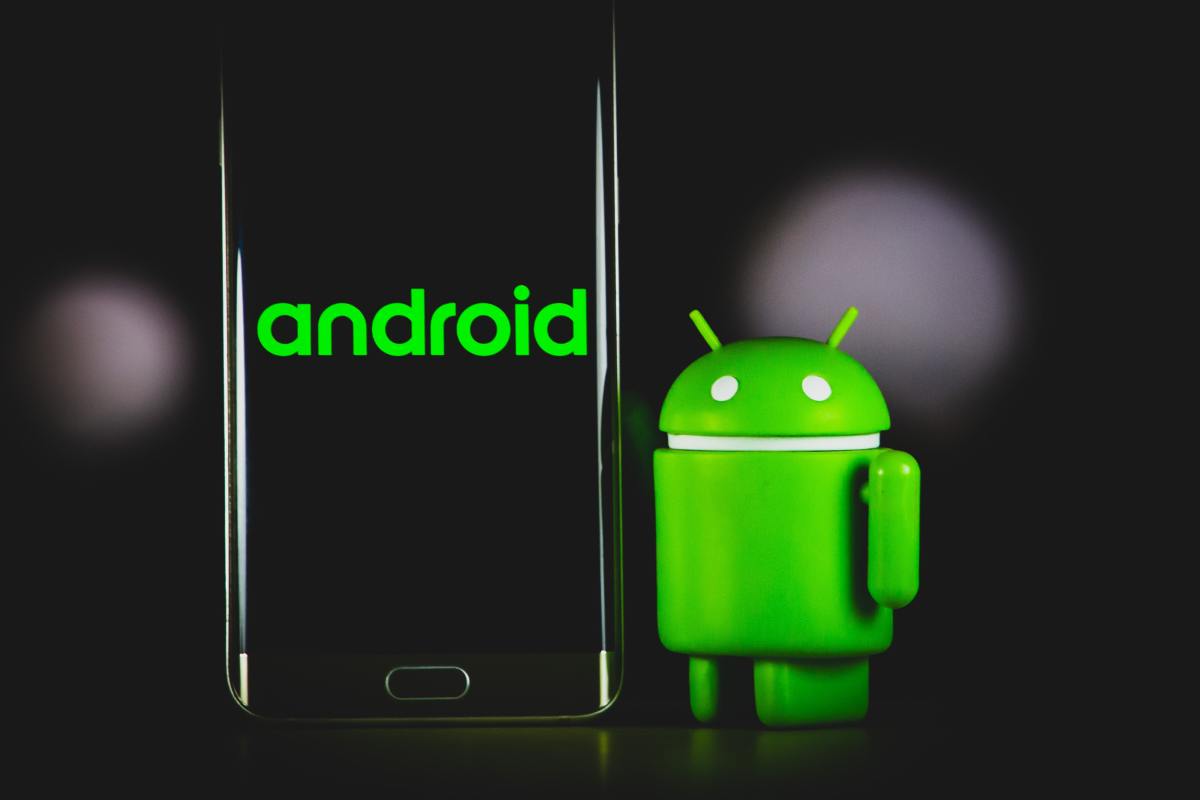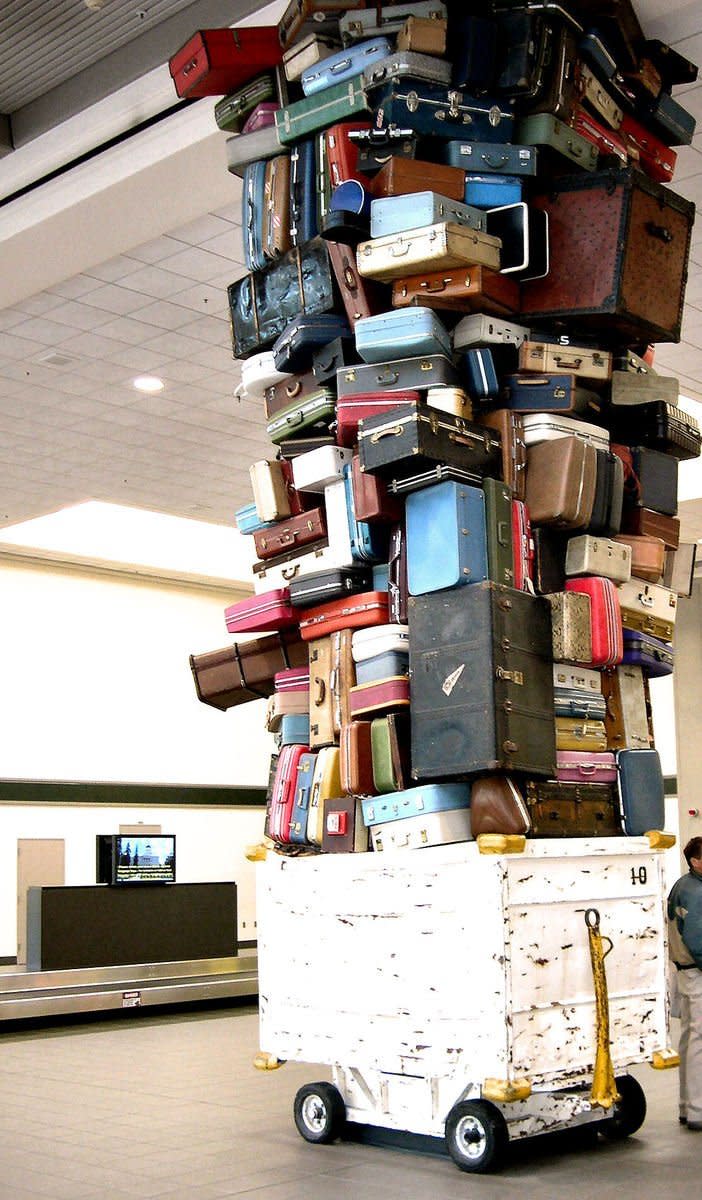How To Save Your Wet Gadgets
Do you enjoy traveling? Isn't it wonderful to take memorable photos along the way? But wait, what if you go near the beach or rivers?
It is a common task for travelers to waterproof their most beloved gadgets before they go anywhere. This is a must-do for you, as well, to protect and save your gadgets from unwanted elements, such as water. This element can damage your device and bring a lot of problems when it comes to communication and keeping your precious vacation memories.
Even though there are a lot of waterproof gadgets these days, preparation is still the number one answer to get away from disaster. But, if you really have a bad water incident, here are some tips to remember.
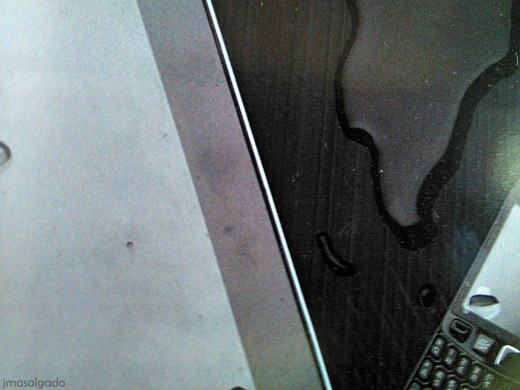
1. Get it Out of the Water ASAP
Don't freeze and stare at your gadget. Act fast!
Getting stuck there and doing nothing won't help your phone or camera. Retrieve your phone or device from the wrath of the unfavorable water fast. Time is essential and will give you higher chances of saving your device from total demise. This is especially crucial when you drop your gadget in saltwater. Of course, this is a source of adrenaline rush that you want to run away from. So, when you get it out of the most undesirable situation, clear your mind and work well to do the next steps.
2. Turn it OFF
Many people have the idea that the actual water is the cause of a device's damage. It isn't exactly correct, though. The short circuit that happens causes the bigger chunk of the damage. This happens when the battery sends a flow of electricity through the wet gadget. Whether it's your phone or camera, turn it off.
So, when you retrieve your phone from the water, don't automatically check if it is still working. Turn it off first and get the battery out.
3. Remove everything and wipe it dry
Once you turn your gadget off, remove the SIM cards, memory cards, covers, and even the extra accessories. You don't want to lose your data because of the unwanted incident.
Then after doing so, use a towel or a clean piece of cloth to gently wipe your device. You need to be careful not to spread more water through your gadget. Just press the cloth to one area and let it absorb for a while before you wipe it to another part. Keep a close check on the small edges or spaces because the excess water might still spill there. Rushing this process may mean more harm than help. So, be patient and careful in this step.
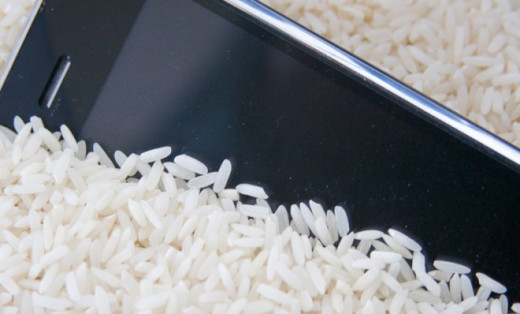
4. Leave it to dry
Do not try to use hair or hand dryers because they can blow the water further into the device. You can use a vacuum instead and then let your disassembled device dry. There is even a practice where people put their soaked gadget in a container with uncooked rice to absorb the moisture. Simply place your phone in a sealed container with the rice and leave it there depending on how long your phone got soaked. You might want to put it still overnight to really make sure that your device is dry, but don't forget to move your gadget on some occasions so that you covered the entire body.
5. Turn it on and check
Now, is the time to see if your device is working properly. You won't worry much about the short circuit issue this time. So, just remember to assemble it back to its original form then turn it on. Check if everything is working well. But be cautious if you see some moisture across the screens this may cause damage to your gadget. If that is the case, let it dry for a few more days.
If everything fails, ask for help
When you find out that your gadget got really soaked and your first aid wouldn't recover it anymore, go to a professional and have your device checked. Remember to bring it to an authorized dealer and don't sugar-coat what happened to your gadget. Tell them how you performed the first aid so that all the information can help them better to fix your damaged phone/camera. They would now how to fix it and hope for the best.
Just remember to keep your gadgets checked and safe before going on a trip to the beach or anywhere else. Be careful about how you handle your devices so that you will save yourself some relaxing time and not to stress about a possible disaster ahead.

